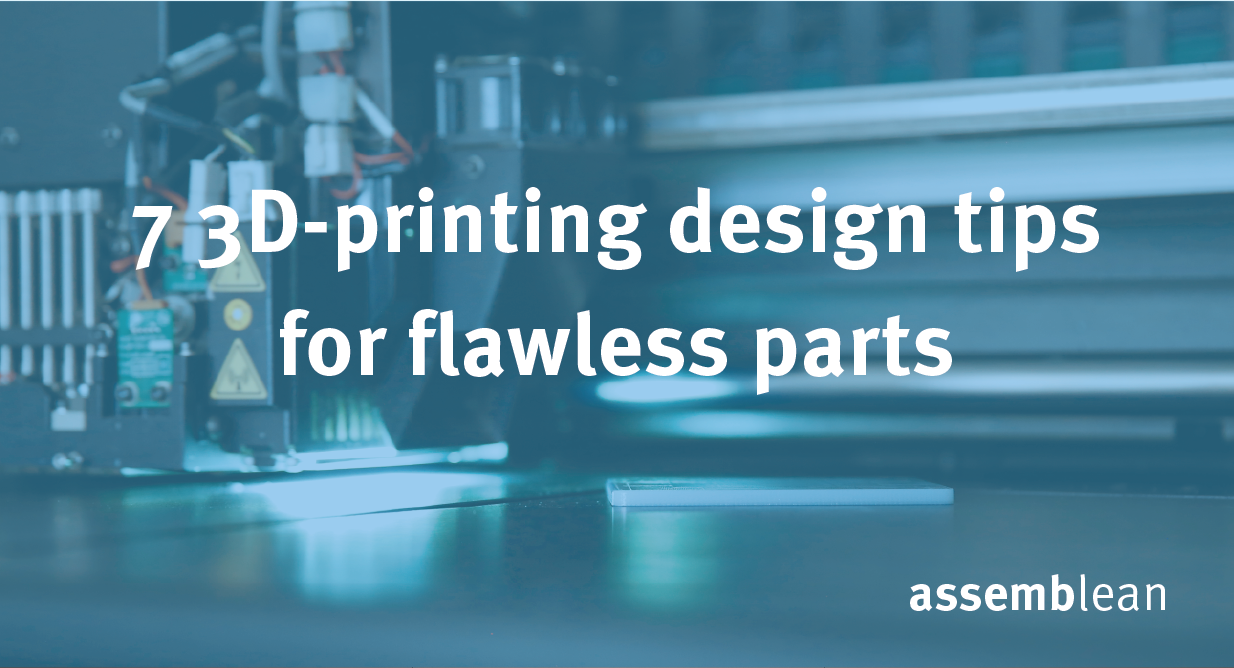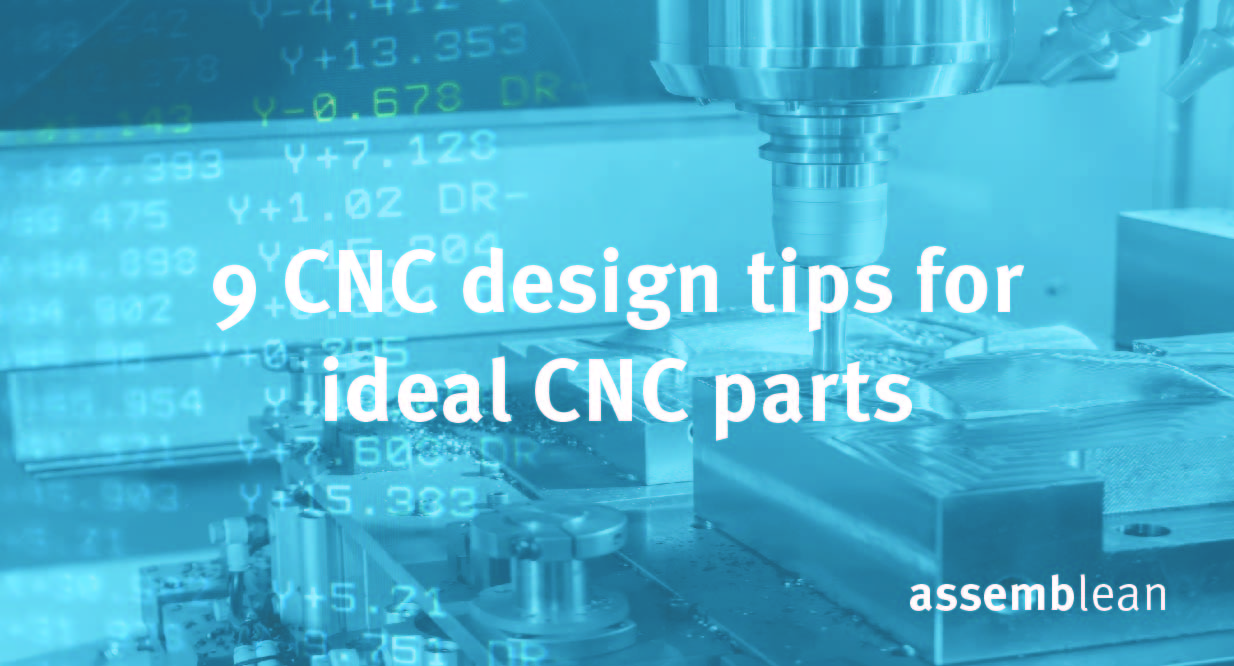1. Time
Quick procurement is an important consideration when deciding between in-house manufacturing or outsourcing. In-house production may be quicker in case of approval procedures or long delivery and transport times. However, purchasing a finished product is usually quicker.2. Costs
One of the most important points of all is the cost. You should consider purchasing costs, as well as periodic and indirect costs. At what price would it be possible to implement your own product? What would it cost you to equip your team with the necessary knowledge? Also take long-term costs into account. You should also check your liquidity beforehand. Especially if you want to switch from external to in-house production. Such a restructuring is usually associated with high start-up costs.3. Resources
Investigate whether implementation is possible in your own company or whether there is a shortage of resources. Determine the current human and technical resources. Do you have sufficient capacities and the required know-how? If you decide to buy in, determine whether you have enough capacity for the maintenance, further development and servicing of the purchased product? Or can an external service provider also take care of this?4. Risks
The purchase of a product or service as well as in-house development have their own risks. Since you are most familiar with the structures in your own company, it is usually easier to assess the risks of in-house development. However, there is a risk that in-house production will fail due to costs or lack of resources. If you work with an external service provider, for example, there could be a risk of a supplier failing. However, there are service providers who offer alternative suppliers in such cases to ensure that your products arrive on time.5. Quality
Another crucial point is quality. Define your quality requirements by creating a prioritised and detailed catalogue of requirements. Is an external service provider more likely to meet these requirements? Compare purchased and self-developed products in terms of how they meet your requirements.Operational and strategic make or buy
The distinction between operational or strategic make-or-buy can be helpful in the analysis.
Operational make-or-buy analysis considers quick cost advantages. This decision occurs when there is a bottleneck of resources. Then there is the question of what would cost more: buying the service or products from another supplier or foregoing revenue if they are not bought.
The strategic make-or-buy analysis considers permanent competitive advantages. Outsourcing processes can involve profound restructuring. On the one hand, outsourcing to another company may affect your team's competencies. On the other hand, your team can concentrate on the core business.
In general, it is advisable to define a standardised business process for the make or buy decision. This defines the most important criteria and the decision can be made in the interest of your company.



